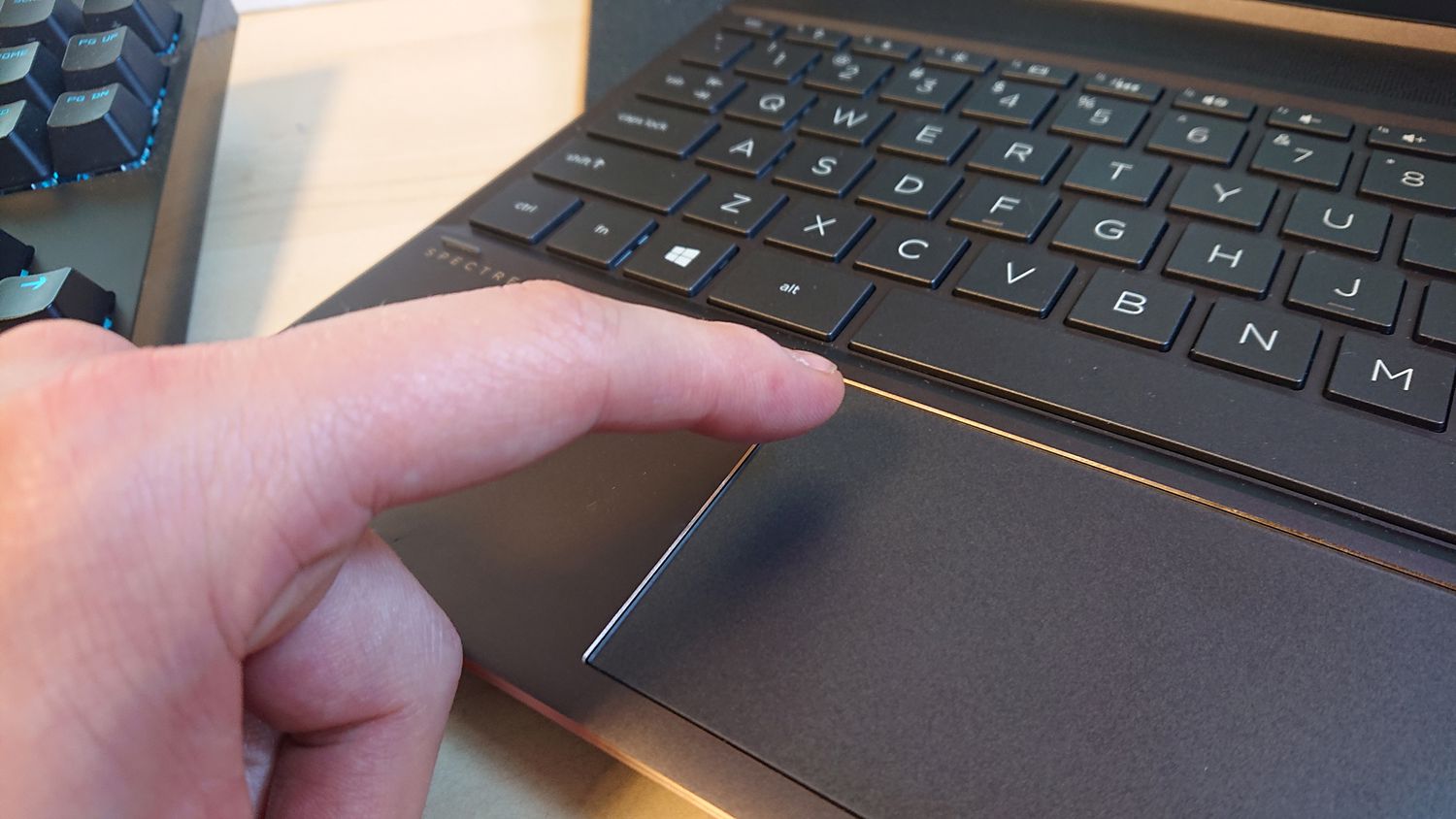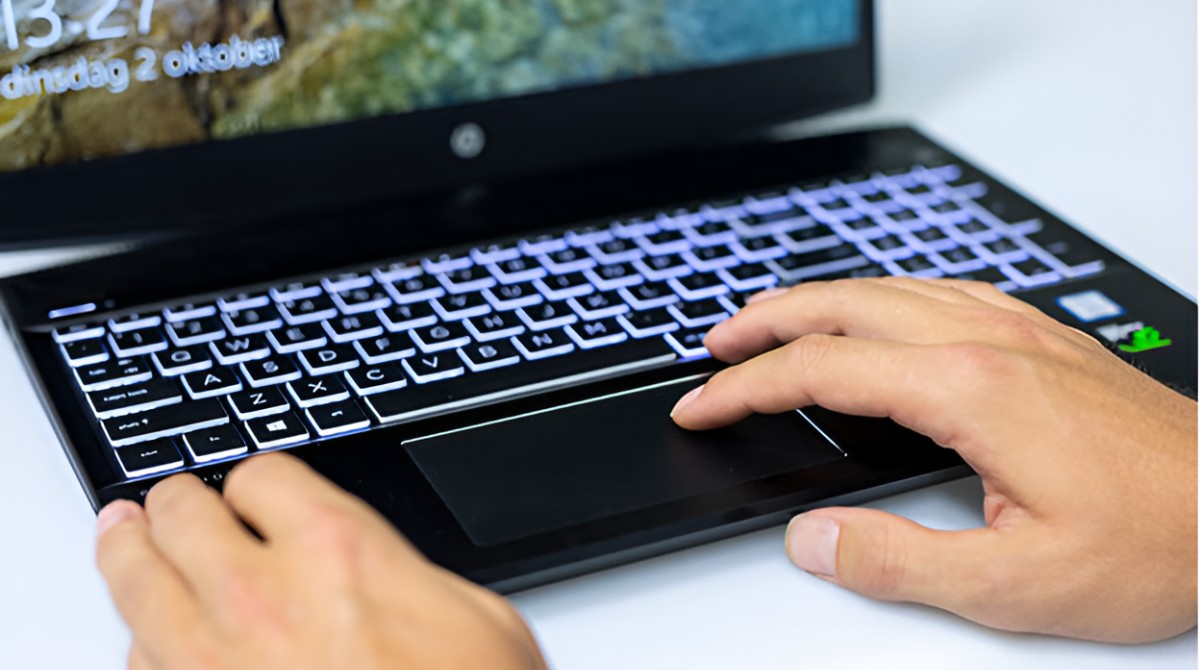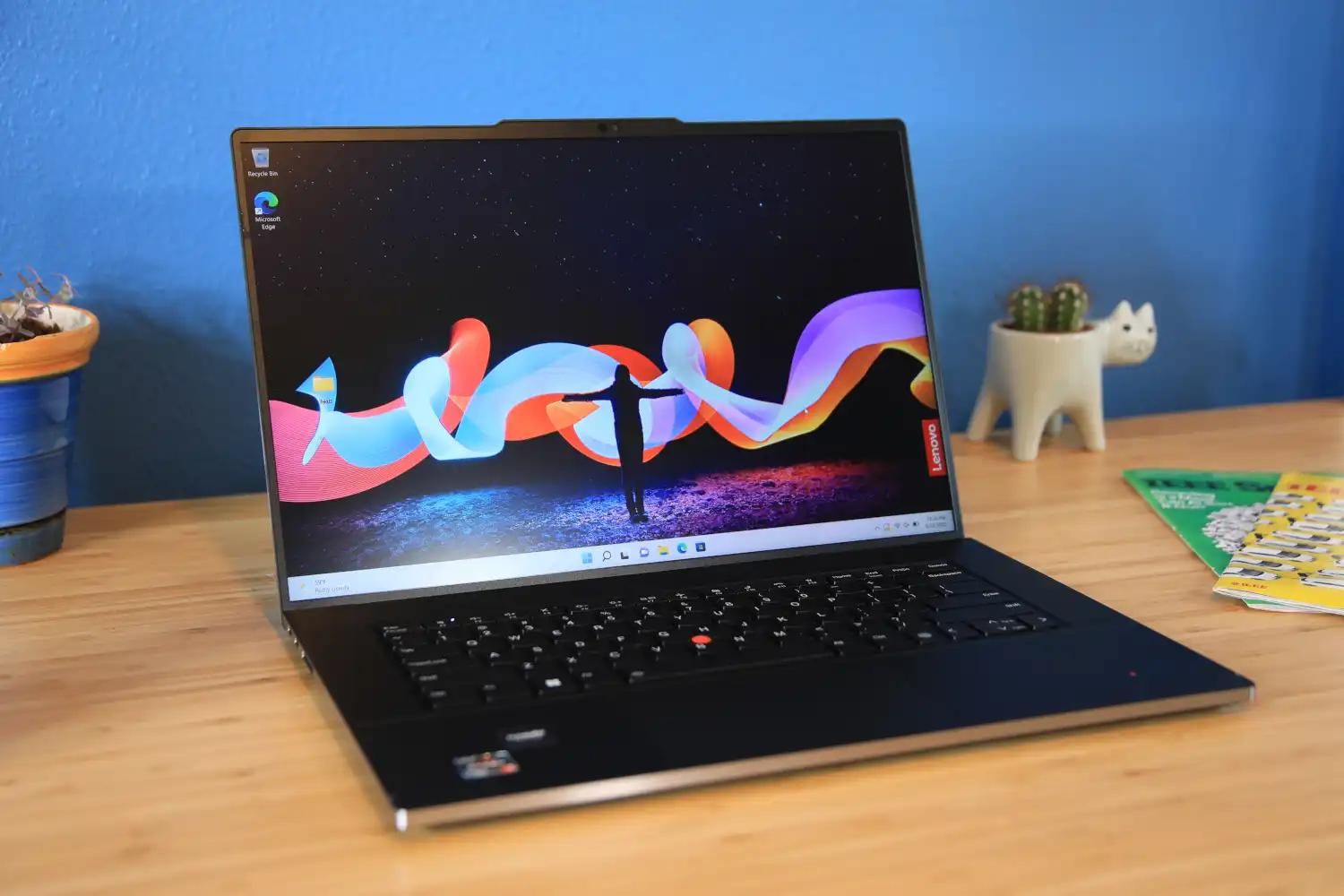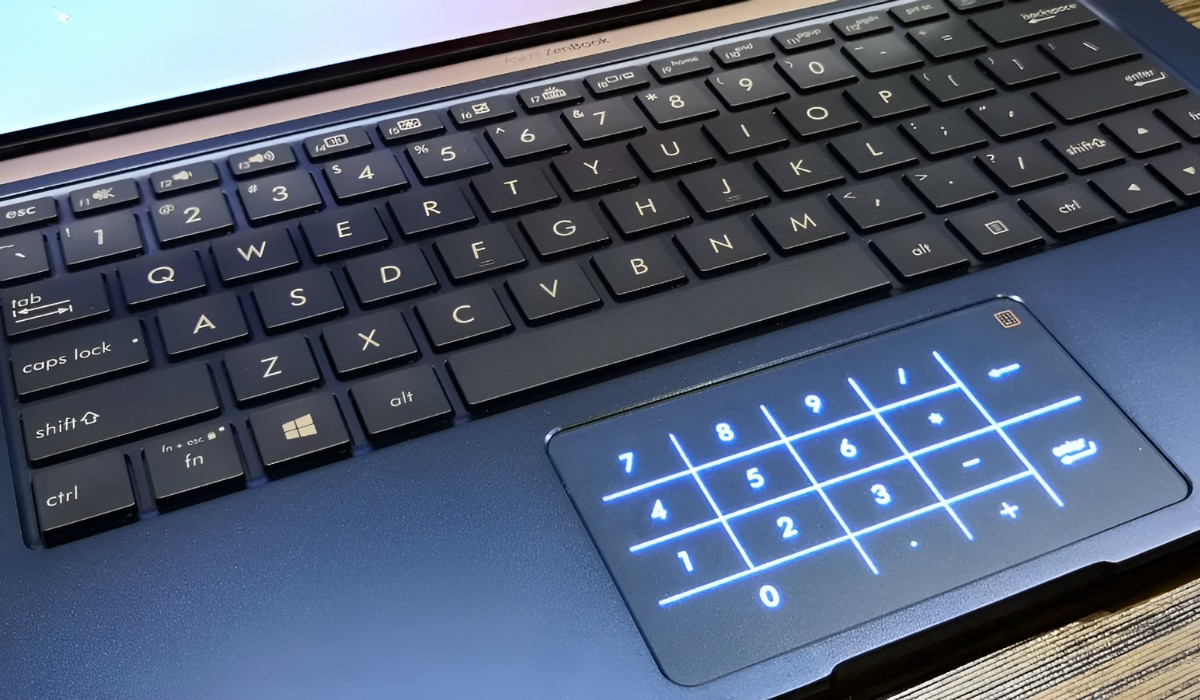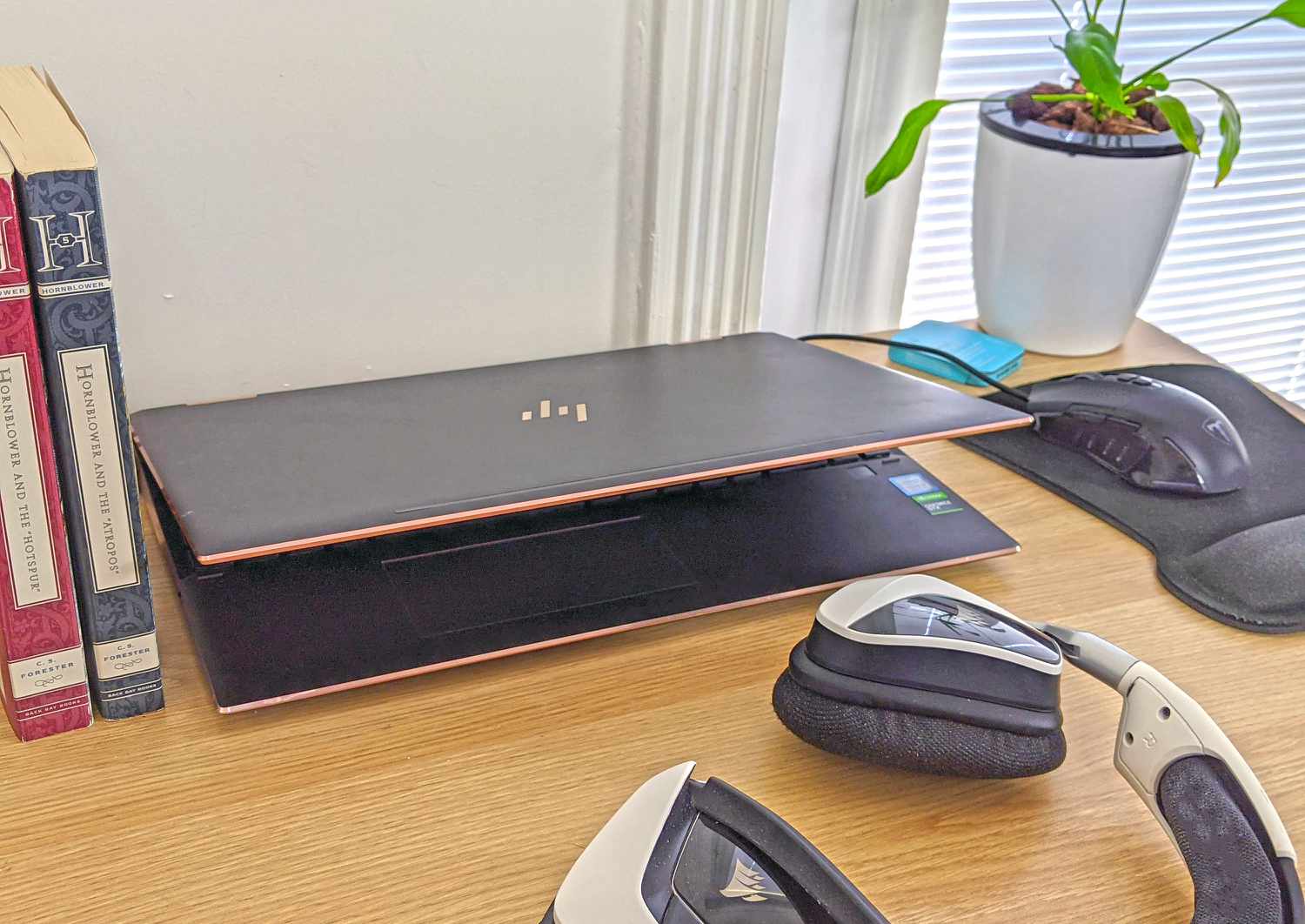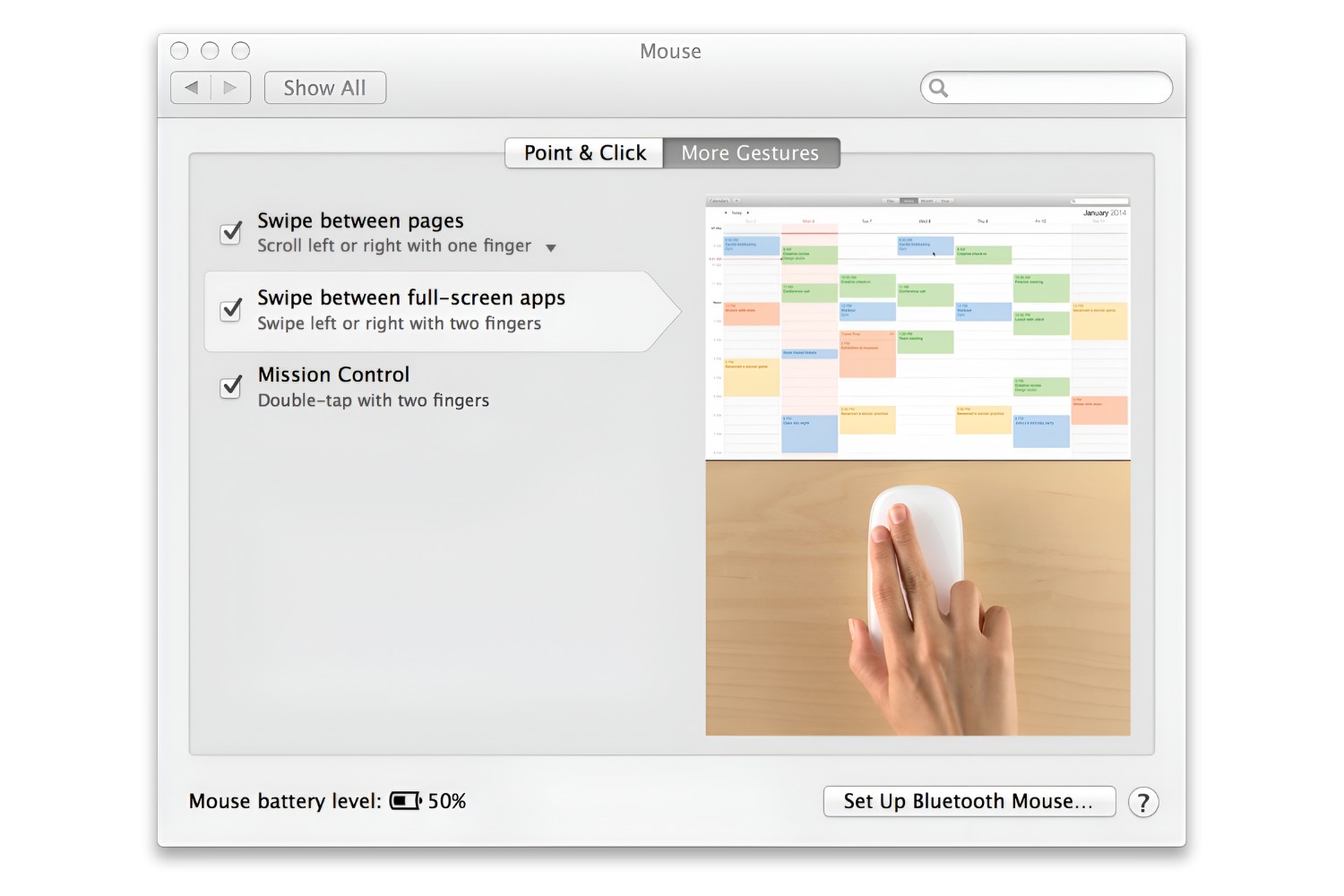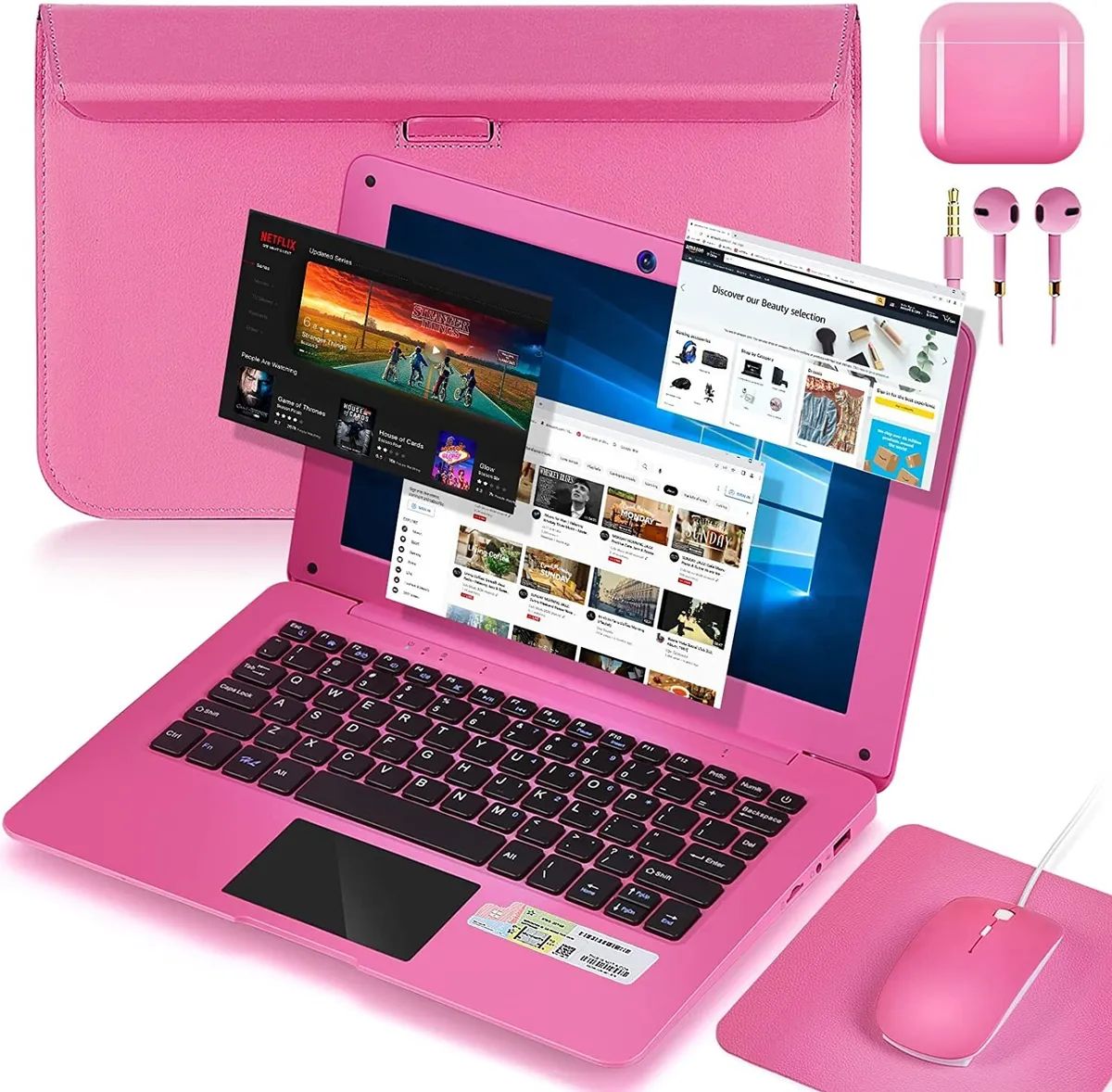Introduction
Welcome to the world of laptops and touchpads! The touchpad, also known as the mouse pad, is a fundamental input device that allows you to navigate and interact with your laptop without the need for an external mouse. Whether you're a seasoned laptop user or a newcomer to the digital realm, understanding how to turn on and optimize your touchpad settings can significantly enhance your computing experience.
In this comprehensive guide, we'll delve into the essential steps for turning on and customizing your laptop's mouse pad. By following these instructions, you'll gain the knowledge and confidence to effortlessly activate and fine-tune this integral component of your device. From locating the touchpad to adjusting its settings, we'll cover everything you need to know to ensure a seamless and personalized touchpad experience.
So, if you're ready to embark on this enlightening journey, let's explore the ins and outs of activating and optimizing your laptop's touchpad. Whether you're using a Windows, macOS, or Linux-based laptop, the following steps will equip you with the essential skills to harness the full potential of your touchpad, elevating your productivity and convenience in the digital realm.
Step 1: Locate the Mouse Pad
Before you can turn on the mouse pad, it's crucial to know where to find this essential component on your laptop. The location of the mouse pad may vary depending on the laptop model and design, but it is typically positioned below the keyboard. Most laptops feature a rectangular or square-shaped area, often slightly indented, that serves as the touchpad.
To visually identify the mouse pad, look for a smooth, flat surface situated beneath the keyboard. It is often bordered by a thin line or indicator to demarcate its boundaries. Additionally, some touchpads feature integrated buttons for left and right-click functions, while others utilize a clickable surface for these actions.
If you're using an external mouse, you may need to disable the touchpad to prevent inadvertent cursor movements while typing or using the mouse. Many laptops offer the option to disable the touchpad when an external mouse is connected. This can typically be configured through the laptop's settings or using keyboard shortcuts, such as Fn key combinations.
On some modern laptops, the touchpad may offer advanced functionalities, such as multi-touch gestures for scrolling, zooming, and navigating between applications. Familiarizing yourself with the touchpad's physical location and additional features is the first step towards harnessing its full potential.
Once you've successfully located the touchpad, you're ready to proceed to the next step: activating the mouse pad and customizing its settings to suit your preferences and usage habits.
Step 2: Turn On the Mouse Pad
Activating the mouse pad on your laptop is a straightforward process that typically requires a few simple steps. Depending on your laptop's operating system and manufacturer, the method for turning on the touchpad may vary slightly. Here are the general steps to enable the mouse pad:
- Windows: On Windows-based laptops, the touchpad can usually be activated using a keyboard shortcut or through the system settings. To enable the touchpad using a keyboard shortcut, look for the dedicated key combination, often involving the
Fnkey along with one of the function keys (e.g.,F5orF7). Pressing this key combination should toggle the touchpad on or off. If you prefer to use the system settings, navigate to the Control Panel or Settings, locate the Mouse or Touchpad settings, and enable the touchpad from there. - macOS: For MacBook users and other macOS-based laptops, the touchpad, known as the Trackpad, can be enabled through the System Preferences. Open the System Preferences from the Apple menu, select Trackpad, and ensure that the Enable touchpad or similar option is checked. You can also customize various touchpad gestures and behaviors from the Trackpad settings.
- Linux: The method for turning on the touchpad on Linux-based laptops may vary depending on the distribution and desktop environment. Typically, you can enable the touchpad through the system settings or using command-line tools. Refer to your specific Linux distribution's documentation or community forums for detailed instructions on activating the touchpad.
Once you've successfully turned on the touchpad, you should notice the cursor responding to your touch and gestures on the touch-sensitive surface. If the touchpad does not activate immediately, you may need to restart your laptop to apply the changes.
With the touchpad now activated, you're ready to explore the next step: customizing the touchpad settings to tailor its behavior and responsiveness to your preferences.
Step 3: Adjust Mouse Pad Settings
Customizing the mouse pad settings allows you to fine-tune its behavior and responsiveness according to your specific preferences and usage patterns. Whether you prefer precise cursor control, advanced multi-touch gestures, or personalized tapping and scrolling options, adjusting the touchpad settings can significantly enhance your overall computing experience. Here are the essential steps to adjust the touchpad settings on various operating systems:
- Windows: To customize the touchpad settings on a Windows laptop, navigate to the Control Panel or Settings and locate the Mouse or Touchpad settings. From there, you can adjust the pointer speed, enable or disable tapping, configure scrolling options, and explore additional touchpad features such as multi-touch gestures. Depending on your laptop model and touchpad hardware, you may have access to advanced settings for palm rejection, sensitivity, and palm check features to prevent accidental touchpad input while typing.
- macOS: For macOS-based laptops, the touchpad settings can be customized through the System Preferences. Open the System Preferences from the Apple menu, select Trackpad, and explore the various customization options available. You can adjust the tracking speed, enable tap to click, configure gesture controls for swiping, zooming, and mission control, and fine-tune other touchpad behaviors to suit your preferences.
- Linux: Customizing the touchpad settings on Linux-based laptops can be achieved through the system settings or using command-line tools, depending on the distribution and desktop environment. You can adjust the touchpad sensitivity, enable tapping and scrolling, configure multi-touch gestures, and explore additional settings tailored to your specific Linux distribution and touchpad hardware.
Regardless of the operating system, it’s essential to familiarize yourself with the available touchpad settings and experiment with different configurations to find the optimal setup that aligns with your workflow and comfort. By customizing the touchpad settings, you can maximize its utility and enjoy a seamless and personalized navigation experience on your laptop.
With the touchpad settings adjusted to your liking, you’re now equipped with a fully activated and customized mouse pad, ready to effortlessly navigate your digital world with precision and ease.
Conclusion
Congratulations! You’ve successfully embarked on a journey to activate and customize the mouse pad, or touchpad, on your laptop. By following the steps outlined in this guide, you’ve gained valuable insights into locating the touchpad, turning it on, and adjusting its settings to suit your preferences. As a result, you’re now empowered to navigate your digital realm with enhanced precision and convenience, courtesy of your fully optimized touchpad.
Understanding the physical location of the touchpad on your laptop is the first step towards harnessing its functionality. Once identified, you’ve learned how to activate the touchpad using straightforward methods tailored to various operating systems, including Windows, macOS, and Linux. With the touchpad now responsive to your touch, you’ve further explored the customization options available to tailor its behavior, gestures, and responsiveness to your unique workflow and usage habits.
Whether you’re a productivity enthusiast, creative professional, or casual user, the ability to seamlessly interact with your laptop through a fully activated and personalized touchpad is a valuable asset. From precise cursor control to intuitive multi-touch gestures, the touchpad offers a versatile and ergonomic means of interfacing with your digital environment.
As you continue to explore the capabilities of your touchpad, don’t hesitate to experiment with different settings and gestures to discover the optimal configuration that complements your computing experience. By embracing the versatility and adaptability of your touchpad, you’ll unlock new levels of efficiency and comfort in your daily digital interactions.
So go ahead, put your newly acquired touchpad knowledge to the test, and revel in the seamless navigation and control it affords. Whether you’re scrolling through documents, executing multi-touch gestures, or simply clicking and tapping with precision, your touchpad is now a personalized tool that enhances your digital prowess.
With your touchpad fully activated and finely tuned to your preferences, you’re poised to embark on a seamless and intuitive journey through your digital landscape, navigating with precision and ease at every touch.







